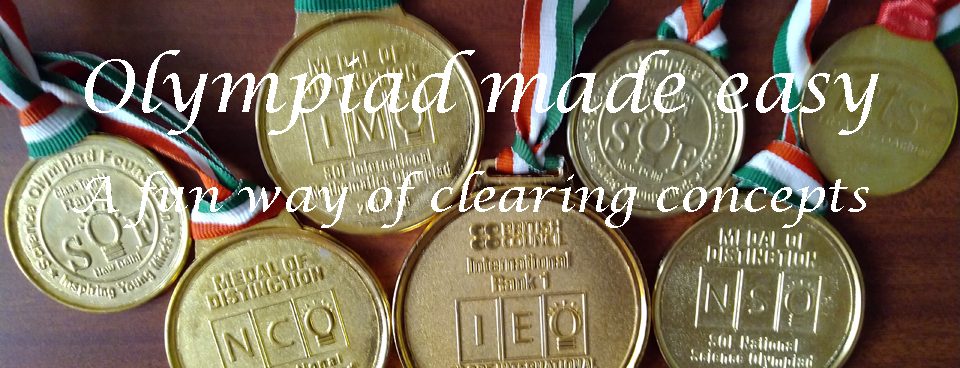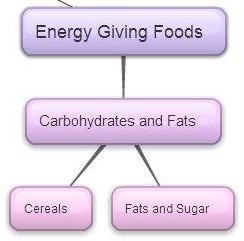What is soil
Soil is formed by erosion that is breaking up of rocks , by the action of sun, wind and rain. It forms at the surface of land and is the “skin of the earth.” Soil is capable of supporting plant life and is vital to life on earth.
Sediment – Every soil contains some mixture of sediments. The three main sediments are sand, silt, and clay. The type of sediments determines a soil’s type. Ideal soils (for farming) are a mixture of the three.
Organic Matter – Soil contains a lot of partially decomposed organisms which is called organic matter. Microbes in the soil break it down to make important nutrients. Most organic matter comes from plants. This is also called Humus and is dark brown or black in color.
Minerals – There are tons of different minerals in the soil. They’re used by plants for growth. When plants die, their minerals return to the Earth.
Types of soil and properties






